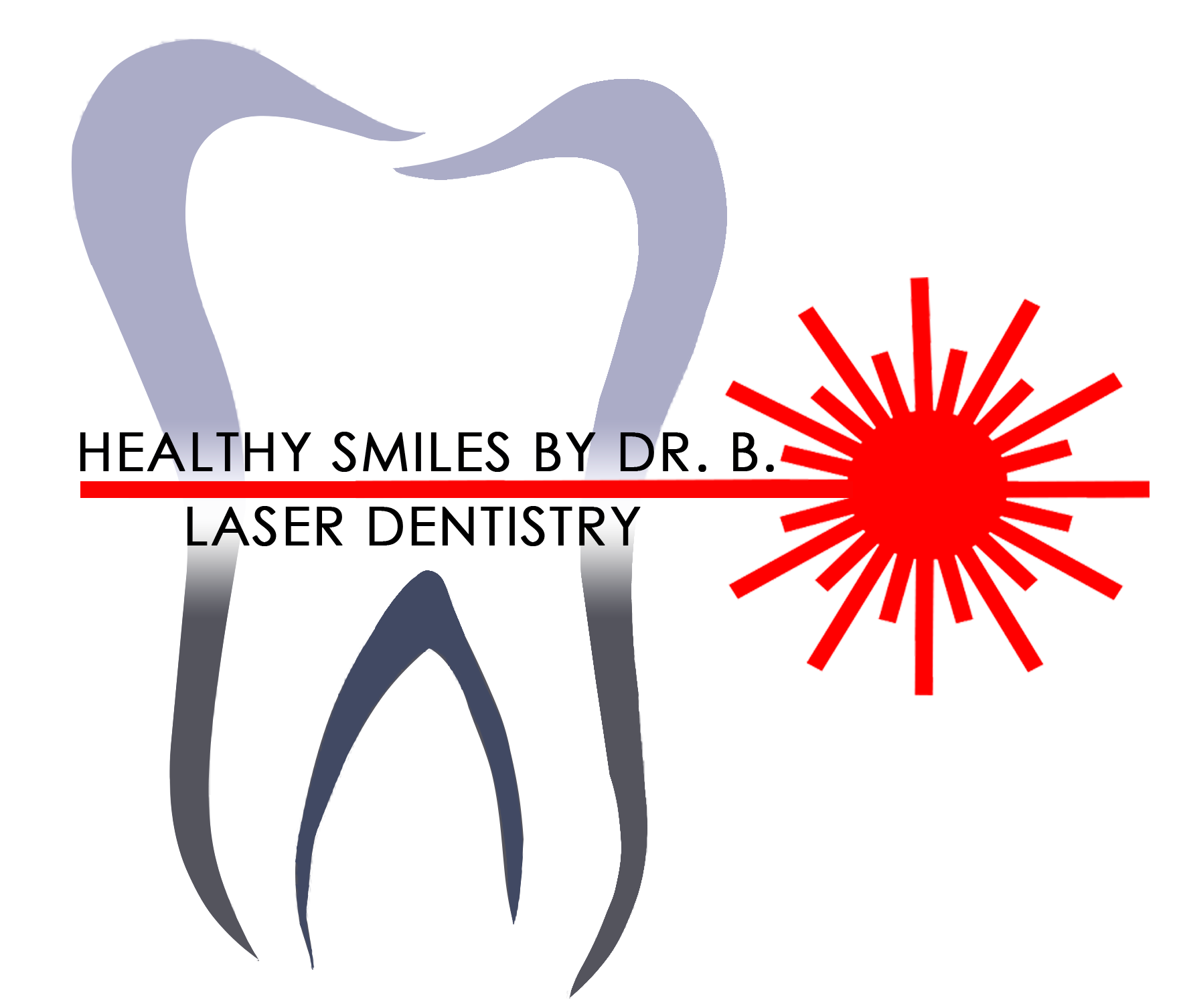
Preventive Dentistry in Hayesville, NC
Exams:
At Healthy Smiles by Dr. B, we perform yearly exams to monitor the stability of patients’ oral health. An exam includes the five areas: oral cancer screening, exam of the teeth, exam of the gums and supporting bone (periodontal screening), exam of the nature of the bite (occlusion), and exam of the jaw joint (TemporoMandibularJoint). The doctor can then determine a diagnosis and monitor over time the stability of the oral health. The exam is performed more often on those patients who are less stable. Emergency and limited exams usually are performed in a specific region of the mouth that is problematic, however, be aware that there are times that final treatment may be dependent on what is going on in other parts of the mouth. That is why complete exams are recommended to get the entire picture of the condition of the mouth.
Cleanings:
A healthy mouth is free from excessive dental plaque and calculus (tarter). A routine dental cleaning (prophylaxis), is performed for maintenance purposes on a mouth that is stable and disease-free. The time between appointments depends on the health of the individual and is determined by the dentist or hygienist. Usually, a cleaning is administered by a dental hygienist. Additionally, it can be administered by the dentist or dental assistant in certain circumstances. Here at Healthy Smiles by Dr. B. your routine cleanings will most always be performed by our resident hygienist, Julia.
X-rays:
Dental x-rays are very safe and now we have higher speed digitally mastered x-ray machines where the x-ray can be viewed within seconds. Certain baseline x-rays are necessary to properly diagnose the condition of the mouth. This way, the dentist can tell whether a patient is getting better, worse, or staying stable with the passing of time. At Healthy Smiles by Dr. B, we are completely digital with the familiar single films and with the panoramic x-ray units (the stand-up unit that encircles the head). Without x-rays, the dentist is blind to hidden decay in the teeth and to impacted teeth, cysts, or other pathology that may be in the jaw bones and which cannot be seen with regular vision. The guidelines for taking x-rays are as follows:
Full mouth series (up to 16-18 films) – every 3-5 years
Bite-wing x-rays (2-4 films or depending on teeth present) – every 1 to 2 years
Panoramic x-rays – every 3-5 years
Depending on the decay susceptibility, the level and stability of periodontal disease (gum disease), the presence of impacted teeth, and other pathology that is suspected or being monitored, these guidelines may be altered accordingly.
Sealants:
Sealants are used to fill in the pits and fissures seen on the biting surfaces of back teeth (molars). Pits and fissures are part of the normal anatomy of back teeth and are great hiding places for bacteria and debris that cause dental decay. The pits and fissures are first cleaned out with pumice, a dental diamond, or a laser, and then the hygienist or dentist can flow some clear or colored bonded resin into these crevasses to fill them in. This procedure helps prevent decay in the biting surfaces of the teeth and this can be performed on children and adults.
Fluoride treatments:
We know some people are opposed to Fluoride treatments, however, fluoride treatments in the office and as an additive to public drinking water, has been one of the best ways that the dental profession has been able to help the public control dental decay. A Fluoride treatment is not a cure-all and is an adjunctive therapy to help control tooth decay. Classically, we have delivered Fluoride contained in gels and rinses. In the last few years, fluoride varnishes are used because they stick to the teeth longer and maintain a higher concentration level to allow the Fluoride ions to fortify the exterior tooth surfaces. The bacteria or dental plaque waste products are acidic and have a more difficult time dissolving the tooth surface that is interlaced with Fluoride and Calcium ions. Fluoride is also somewhat lethal to the dental plaque.
